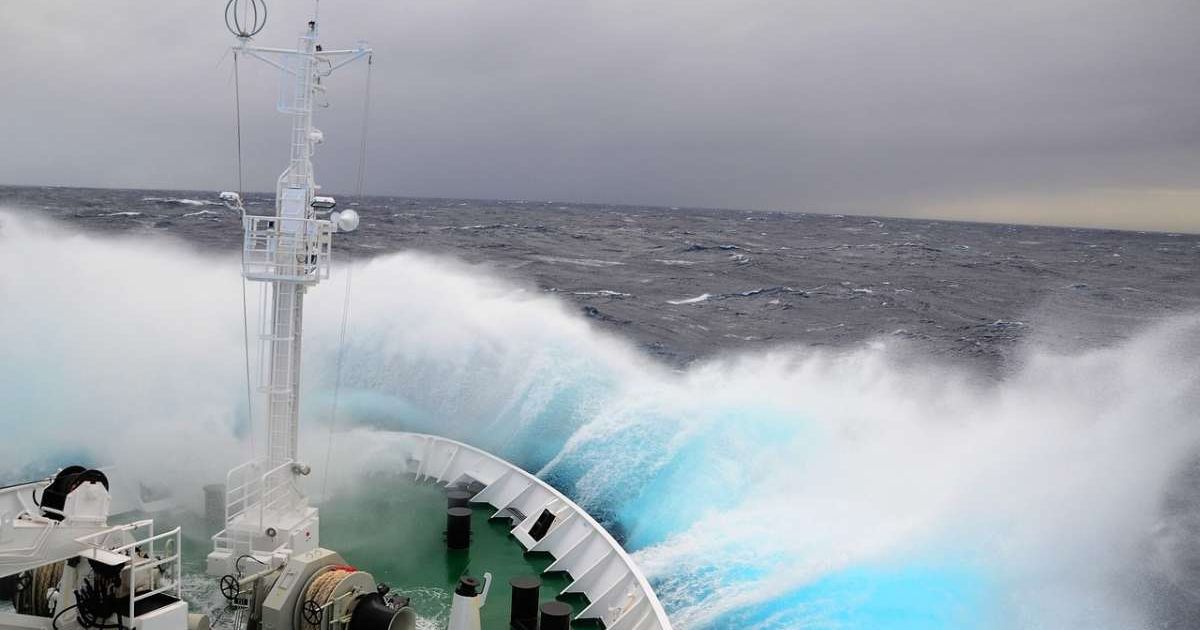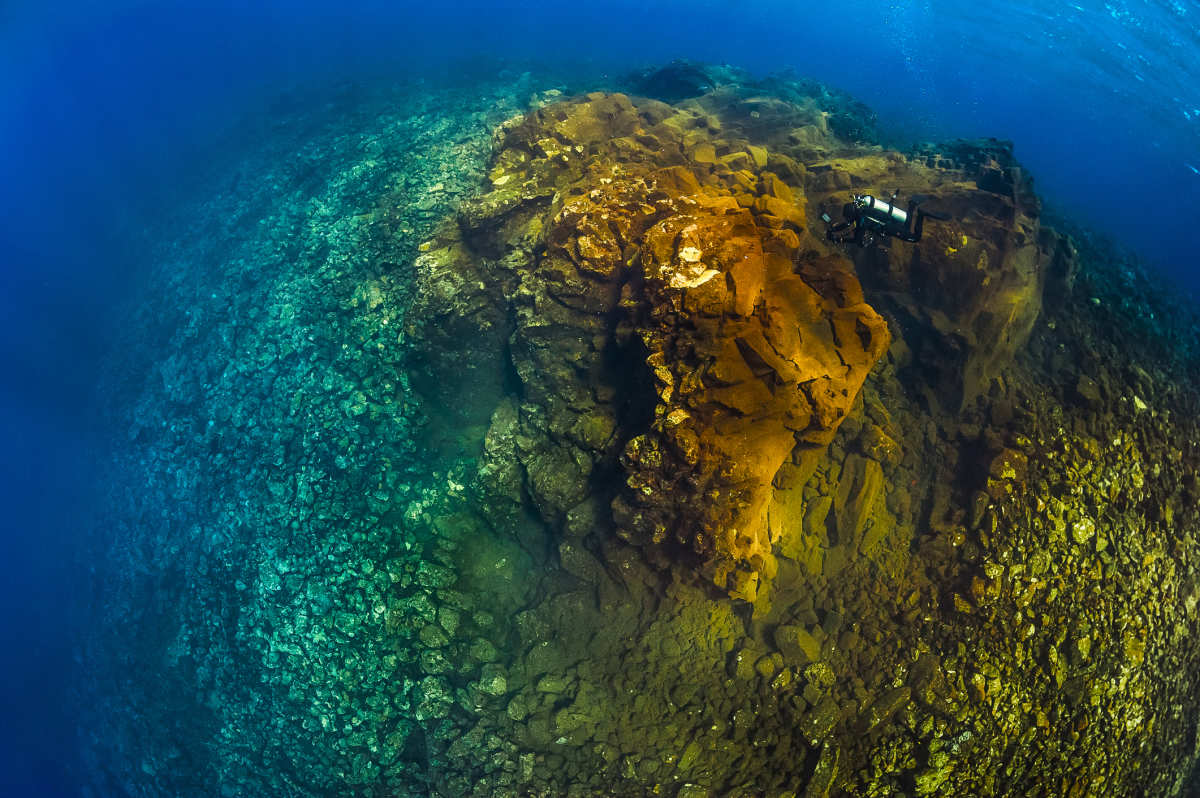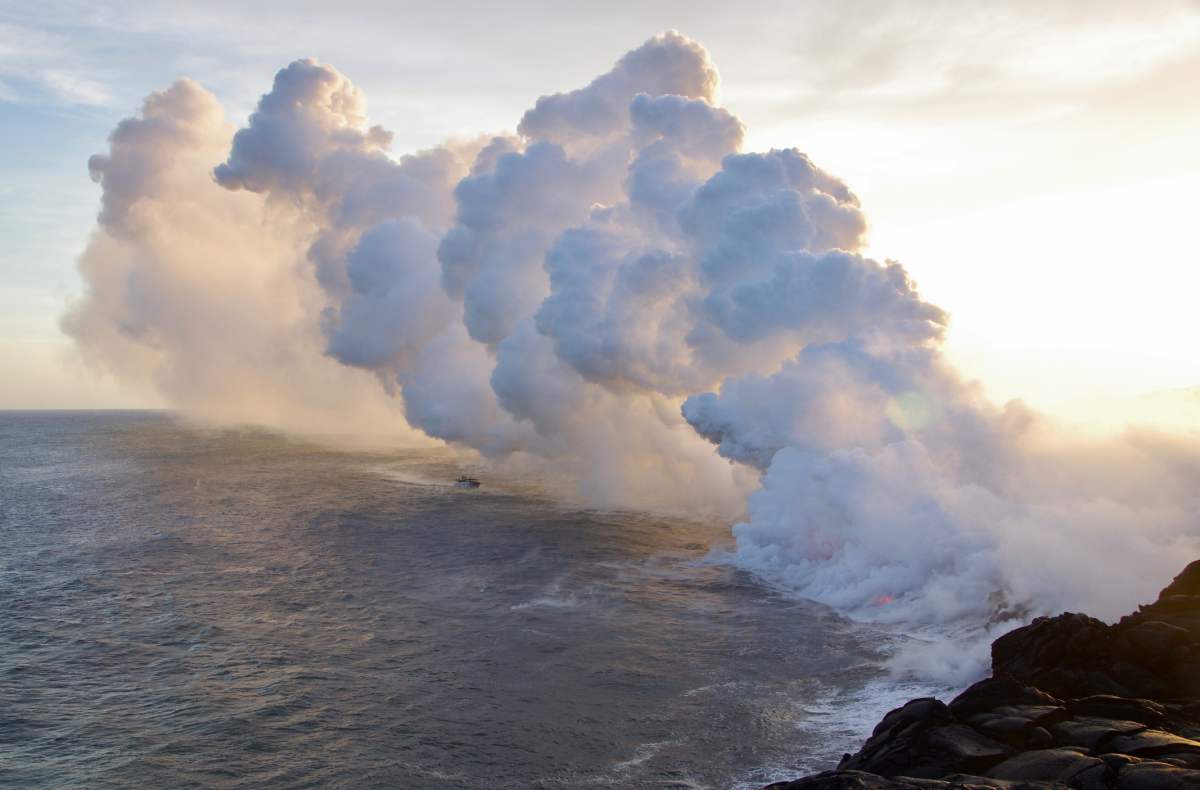Two Major Earthquakes Struck off the Coast of Oregon, Just Miles Away From Massive Underwater Volcano

About 300 miles off the coast of Oregon, the “most active” underwater volcano sitting beneath the Pacific Ocean is waking up. In just one day, the seafloor crackles nearly 2000 times. Out of the bursting crust, scorching lava explodes that carves the seafloor, creating streets and channels for tiny glowing worms and microbes as it cools down. Ever since it erupted the last time, the seafloor has jumped to about 10 feet. When it does, the waters of the Pacific above start rolling and springing, sputtering out plumes of billowing white smoke spiced with particles of magma, the volcano’s chemical mix, and black basalt. Volcanologists' suspicions materialized only yesterday when Axial Seamount flared up in a violent eruption, according to a report by the Daily Mail.

Rising about 0.6 miles above a mid-ocean ridge, Axial Seamount is tucked like a pendant on a chain of several volcanoes, built as a result of Earth’s cracking crust. Each time the crust bursts open, the abundant magma supply trapped inside the mantle launches upwards, oozing outwards to fill the entire rectangle-shaped caldera that opens towards the south, per NOAA.
In the latest episode, the first earthquake, with a magnitude of 4.8, struck the floor at about 9:42 in the morning, just 25 miles from the caldera. The second quake, with a magnitude of 5.4, was detected 18 minutes later, roughly 70 miles closer to the Oregon coast. The eruption has jolted and rattled the landmass along the Pacific Northwest shoreline. Despite its intensity, meteorologists don’t believe that the eruption will be followed by a tsunami. Americans along the West Coast are unlikely to feel any shaking from these earthquakes, the report confirmed.

The eruption, though shuddering, wasn’t surprising. Experts already had an idea that the volcano was going to erupt anytime soon. William Wilcock, a professor and marine geophysicist at the University of Washington, for instance, warned that the volcano displayed signs of erupting, but it would erupt sometime around early 2026. “But it could be tomorrow, because it’s completely unpredictable,” he added.
Meanwhile, Oregon State University geophysicist William Chadwick and Scott Nooner from the University of North Carolina at Wilmington shared that the number of earthquakes has “scaled down significantly since June” and no one could say what exactly would trigger the next eruption and when exactly it would happen, per WION News. After the infamous 1998 eruption, Axial Seamount last erupted in 2015. This summer, however, scientists monitoring the volcano said that the giant is destabilizing more and more, day after day.
More on Green Matters
This Volcano Has Been Dormant for Over 700,000 Years — Now, It’s Showing Signs of Waking Up
Experts Know Why Massive Volcanic Eruptions Spread From Greenland to Scotland 60 Million Years Ago
Plants and Trees Give Us an Early Warning if a Volcano Is About to Erupt — Research Says